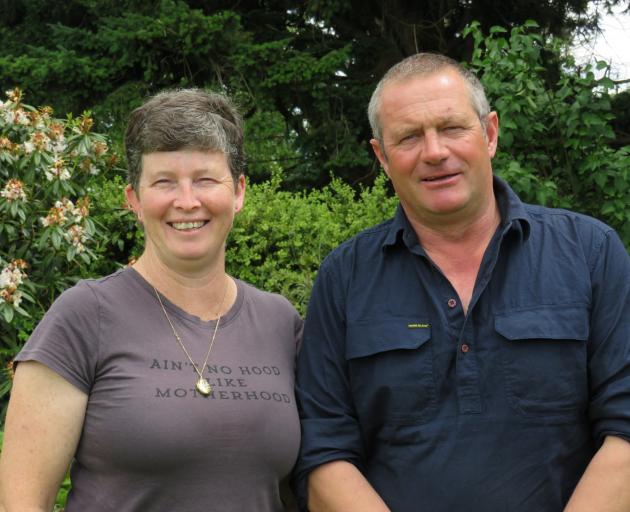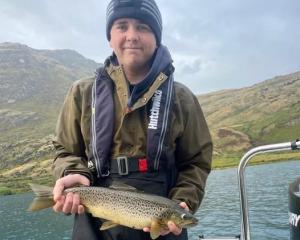
Their 370ha property near Riverton had excellent shelter for its 5000 stock units and almost every paddock was bordered by tree lines. But the October 23 windstorm came at a huge cost: hundreds of trees were brought down, including many planted by Mr Black’s grandfather a century ago and others he remembers planting as a boy.
Mr Black estimated they faced clearing 400 to 500 fallen trees and another 150 to 200 probably need to be felled, too.
The first pines went in when his grandfather bought the farm in 1926. The tradition was continued by his father and now Mr Black, who plants about 400-500 trees annually.
"Shelter is absolutely critical to stock welfare," he said.
"On a hot day or a miserable cold one they’re always in around the trees."
Now those same belts have sustained unprecedented damage. Only three of the 28 paddocks closest to the house were left stock-proof after the storm.
Many of the older belts, established in the 1920s, had been side-trimmed regularly but never topped.
"We believed that for every metre of height, you got 10m of shelter and shade, but those big granddaddy trees didn’t stand a chance in that wind."
Blackdale has a mix of species in its shelter plantations and some held on better than others. Faster-growing pines, green leylandii and macrocarpas proved particularly vulnerable, their less-established root systems unable to withstand what Mr Black described as "a river of wind".
Species like golden leylandii, poplars and eucalypts appeared to handle the wind a lot better and the younger shelter belts that had been regularly topped also had a lot less damage.

The couple were still assessing the full cost of the disaster, including stock losses. Mr Black estimated 40 to 50 ewes, lambs and hoggets were killed by falling trees, and several more animals had to be euthanised due to injuries.
"It’s hard to know how many we have lost until we clean the trees up."
There would be no insurance payout for tree loss, destroyed fences — spanning "tens of kilometres" — or dead stock.
"I’ve given myself 12 months to get things tidied up," he said.
While he was grateful for community offers of help, the scale of the damage made most of the work too dangerous for volunteers.
"It’s a bit of a war zone. We need big machines to deal with these trees — they’re too big and dangerous for people with chainsaws."
Although eventually there would be plenty of firewood to sell, he expected that income would be minor compared with the overall recovery cost, which could reach $400,000 or more.
Support from the Rural Support Trust had been invaluable.
"They sorted us a generator so we could get the pump going for stock water. It got shared around all the freezers — every four hours my father would shift it to another one."
In the chaos, a few things were inevitably lost. "We’d been tailing a few mobs and I still had 2700 doses of Scabine [anti-scabby mouth vaccine] in the fridge, which went off."
Insurance would cover that loss, "but that’s about it".













